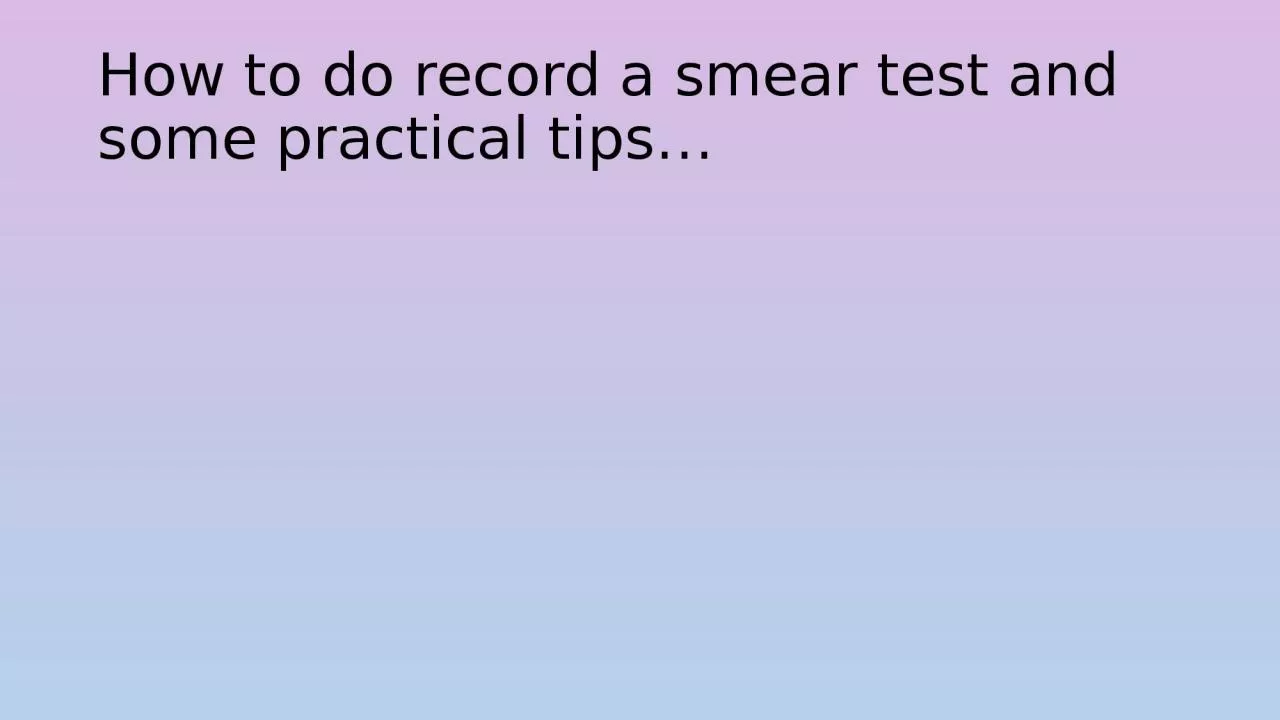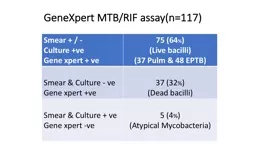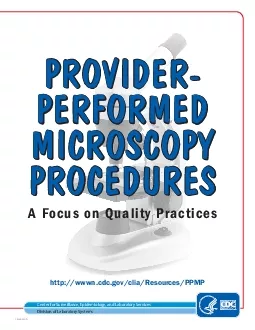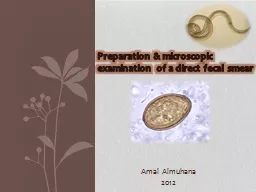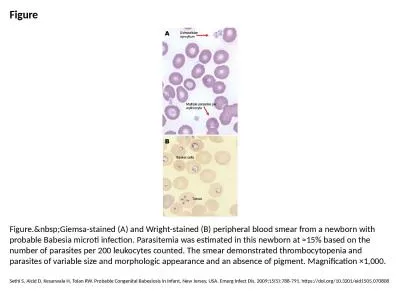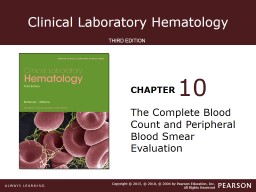PPT-How to do record a smear test and some practical tips…
Author : iris | Published Date : 2023-07-23
Cervical cancer Commonest form of cervical cancer is Squamous Cell Carcinoma Strong correlation between HPV and smoking Week cofactors oncogenes lower immune response
Presentation Embed Code
Download Presentation
Download Presentation The PPT/PDF document "How to do record a smear test and some p..." is the property of its rightful owner. Permission is granted to download and print the materials on this website for personal, non-commercial use only, and to display it on your personal computer provided you do not modify the materials and that you retain all copyright notices contained in the materials. By downloading content from our website, you accept the terms of this agreement.
How to do record a smear test and some practical tips…: Transcript
Download Rules Of Document
"How to do record a smear test and some practical tips…"The content belongs to its owner. You may download and print it for personal use, without modification, and keep all copyright notices. By downloading, you agree to these terms.
Related Documents

